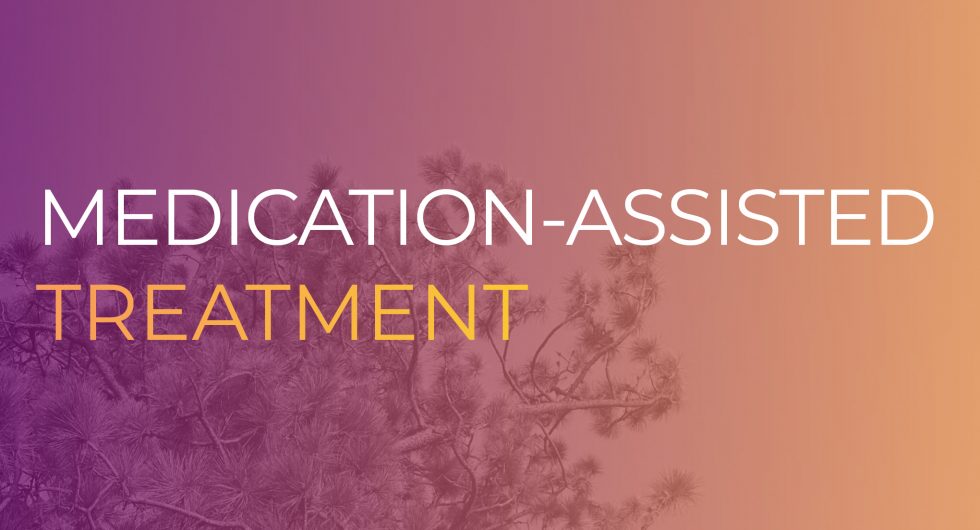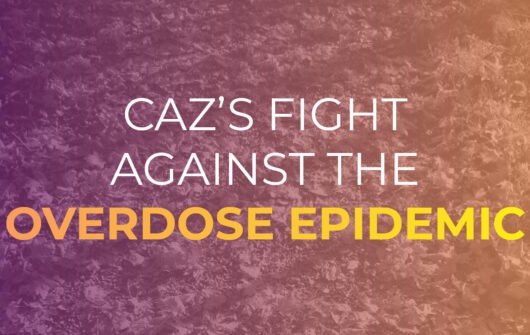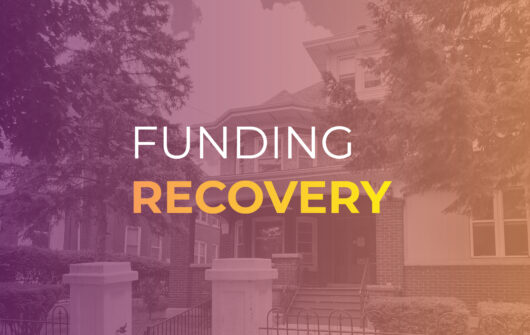Medication-Assisted Treatment
Posted on: October 29, 2020

What is Medication-Assisted Treatment?
In many ways it can be helpful to think about substance use disorders like we think about other chronic medical conditions like diabetes. For instance, people are more at risk of developing a certain condition if they have a family history of it. Once someone has a chronic condition, they have it for life, and although both conditions like diabetes and substance use disorders can be managed with lifestyle changes, they cannot necessarily be “cured.” Another similarity is that both substance use disorders and diabetes can be treated with specific medications.
Incorporating medication in the substance use treatment process is called Medication-Assisted Treatment (MAT). Research shows that outcomes for people with substance use disorders improve dramatically when medications and counseling are provided together.
From pills to injections to dissolvable strips to even gum, these medications can take many forms. Methadone, buprenorphine (Suboxone), and naltrexone (Vivitrol) are some of the more common types. Nicotine gum is another example of an effective MAT.
Effects of Medication-Assisted Treatment
MAT helps people with substance use disorders by reducing or eliminating cravings and by preventing withdrawal. Once a proper dosage is obtained, these medications can be used without significant effects on someone’s ability to manage their day-to-day activities. This is possibly the most important aspect of MAT: it allows people to successfully manage their substance use disorder so they can focus on other aspects of their lives.
Some people use MAT for a limited time span, such as a few months or years. Others, meanwhile, may use these medications for the rest of their lives. This determination depends on the individual person’s needs and how they’re responding to treatment.
Because they lower the risk of recurrences of substance use, MAT leads to a reduction in contagious diseases like HIV and hepatitis according to The Substance Abuse and Mental Health Services Administration (SAMHSA).
Here at Caz Recovery, we recognize the value and importance of incorporating MAT in our treatment process. Since converting three programs to Rehabilitation, we’ve been able to prescribe MAT at Cazenovia Manor, Turning Point House, and Madonna House. Residents in our other programs access these medications through their primary care or outpatient providers, and we do what we can to help promote medication adherence. On average, approximately 50% of residents in our Rehabilitation and Community Residence programs are receiving MAT.

MAT Challenges
As with any medication, MAT might not be for everyone. MAT also isn’t available to treat all substance use disorders. At the moment, only opioid, tobacco, and alcohol use disorders can be treated with MAT. This means that substances like cocaine, marijuana, and others are not able to be treated with a MAT regimen.
Unfortunately, like having a substance use disorder itself, many of these medications carry their own stigma. Historically, many treatment providers and self-help peers have viewed these medications as “substituting one drug for another.” Thankfully, this attitude is slowly changing. At the same time, siting a substance use clinic – especially those that prescribe methadone – can be a challenge due to public opposition, stigma, and discrimination. What cannot be denied, however, is that that these medications save lives and can lead to improved outcomes for people with substance use disorders.
Other Recent Posts
Your donation can save a life!
In the grip of the opioid epidemic, you can make a difference. Any amount helps.





